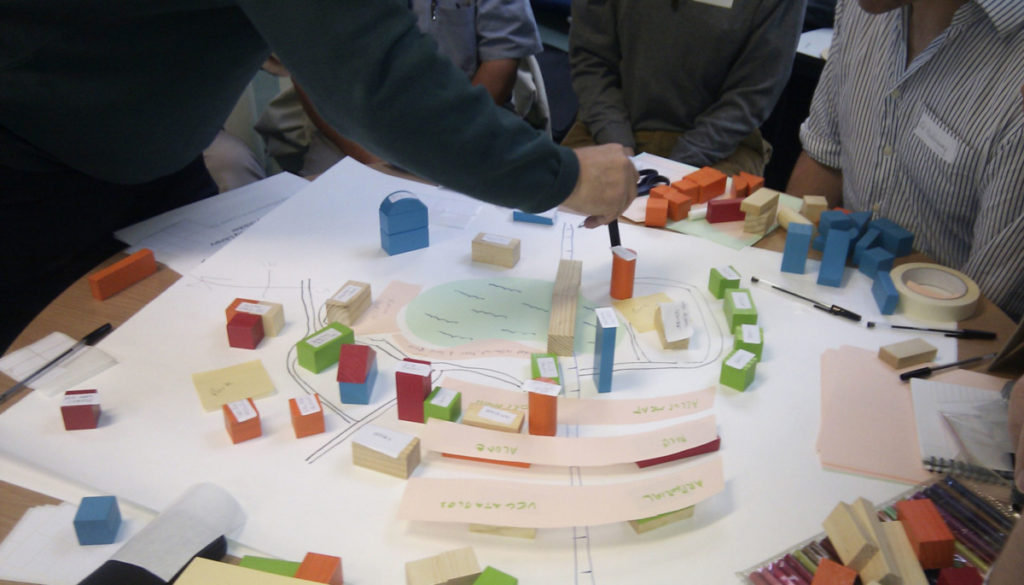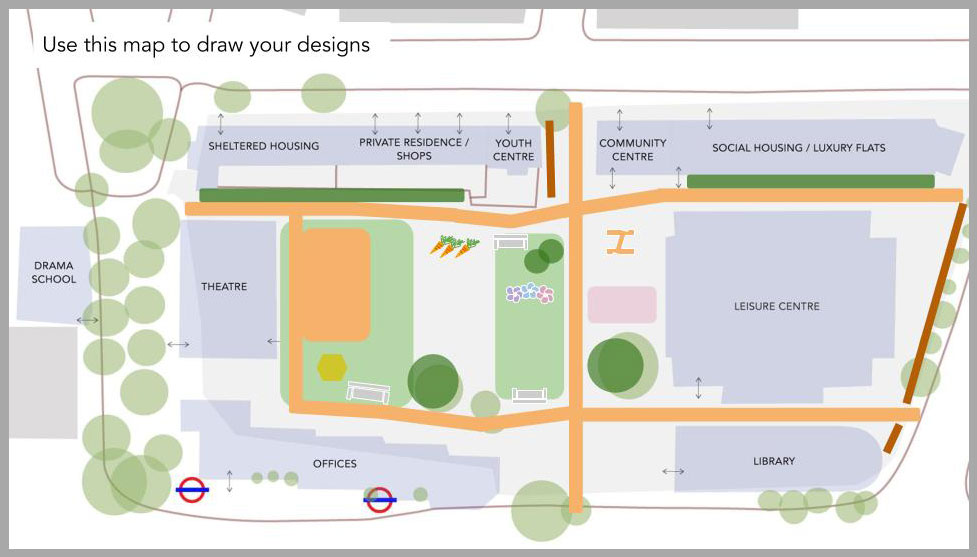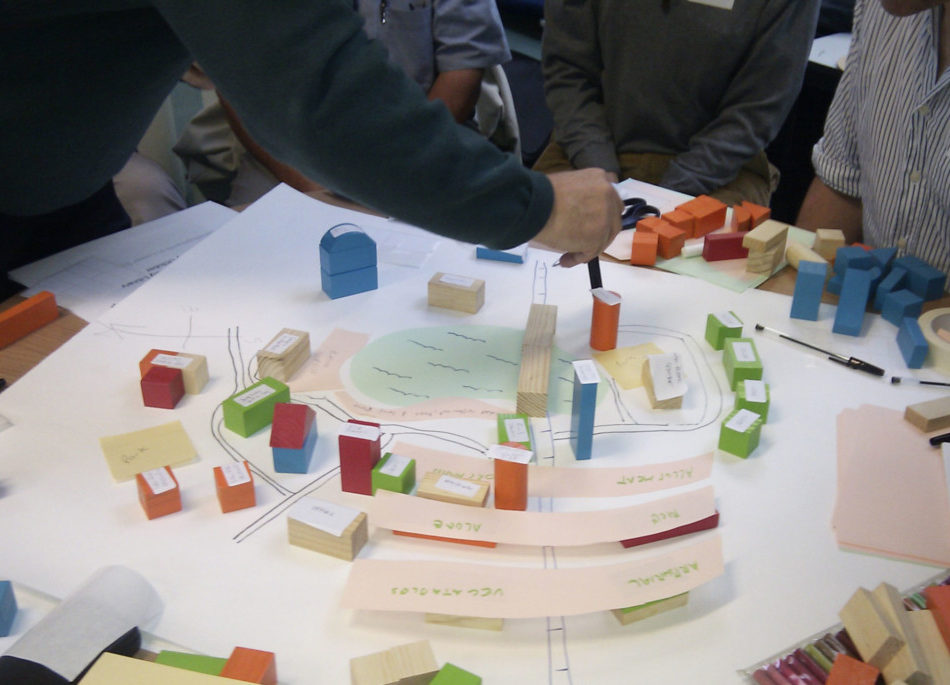Written by:
Online workshops and other forms of collaborative engagement are being quickly set up in this time of self-isolation. Whilst having to do this is a challenge, it can also be a moment to experiment and innovate. If done right, we might produce changes to how we work that can enable greater accessibility within engagement after the crisis has passed.
However, we need to consider both the opportunities and the barriers to accessibility that online methods of working can create.


One such barrier is access to technology and the internet. Access to wifi and phone coverage is still variable across the UK. The Office for National Statistics found in their 2018 research that 5.3 million Britons had either never gone online or not used the internet in the previous three months [1]. A 2019 survey by the broadband provider Zen Internet found that 33 percent of UK households experience signal blackspot [2].
It’s also important to remember that not everyone owns a computer. The same ONS research revealed that some 700,000 secondary school pupils do not have access to a tablet or computer at home [3]. A common reason for this is poverty. Income inequality in the UK is among the highest in the developed world, and poverty is often concentrated in particular areas. Whilst these areas might be among those that would benefit most from effective engagement processes, they quite often have lower uptake of technology and access to the internet.
Adopting purely online engagement practices risks shutting out people on lower incomes, meaning their voices don’t get heard.
Uptake and knowledge of how to use technology also disproportionately affects older people.
“Over five million adults in the UK are not accessing vital services, help and information online….Many of these are among the most vulnerable in society, including some disabled people and older people.” [4]
It is also worth considering how health and disability can impact on people’s engagement with online processes, in both positive and negative ways.
22% of the UK’s population have some form of disability, and 15 million people in the UK have a chronic health condition. Whilst many of these people can and do take part in face-to face workshops and other forms of engagement, there are some people whose health or disability means leaving their home is sometimes, or always, a challenge. Innovations that emerge during this crisis can provide an opportunity to be more accessible. It is also important to consider how we can continue to use these online tools to improve accessibility after the pandemic has passed.
However, it’s also important to bear in mind that some people will find online platforms more challenging to engage with than others due to their disabilities or learning differences. Considering legibility, and remembering layout, colour schemes, captions and other accessibility tools when designing this content is essential and may help reduce those who might be excluded through online approaches, but won’t solve everything.
With an accessibility lens, online forms of engagement offer both opportunities and challenges, opening up engagement for some whilst risking shutting it down for others. While we find ourselves in this period of virtual interaction, and experiment with engaging our diverse communities through online platforms and media, it is important that we do this with an awareness and sensitivity to others and both their existing and potential relationships with the technologies that we adopt.
To explore how The Glass-House is adapting some of our face-to-face workshops for online use, read our companion blog Taking co-design online.
[1, 3, 4] As reported by Tim Wyatt in More than five million British people have never used the internet, official figures reveal, Independent, 4 March 2019
[2] As reported by Mike Wright in, Third of people have WiFi ‘notspots’ in their homes, The Telegraph, 21 November 2019
